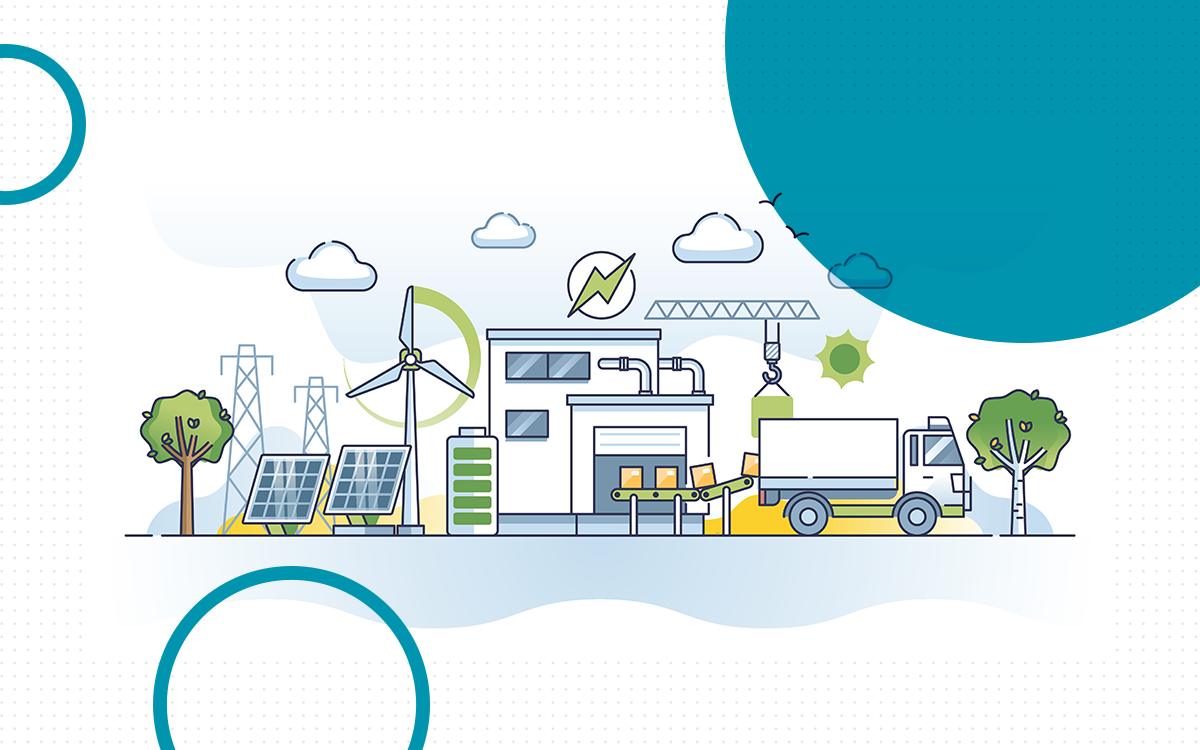Listen to this post Download PDF
The often-overlooked environmental impact poses significant challenges in the intricate landscape of the medical device industry. The transportation of medical devices alone contributes to 8.5% of global greenhouse gas emissions in the United States, while the industry generates an astounding 20 million tons of medical waste annually*. However, as the industry grapples with its ecological footprint, solutions are emerging to promote sustainability.
The Hidden Environmental Costs
Substantial financial losses, amounting to $130 billion USD in annual write-offs, result not only from outdated inventory management practices and transportation inefficiencies but also contribute significantly to the industry’s environmental impact. Addressing these challenges is crucial for mitigating the adverse effects on the environment and fostering a more sustainable future.
Towards Sustainable Downstream Logistics
Recognizing the pivotal role of downstream logistics in achieving sustainability within the medical device industry, efforts are being made to optimize transportation and inventory management processes. Data-driven approaches are helping reduce carbon emissions and minimize waste. Consideration of environmental, social, and governance (ESG) factors ensures that logistic decisions align with sustainability goals.
Embracing a Circular Business Model
One effective strategy for reducing medical waste is the adoption of a circular business model. By providing full visibility into inventory levels in the field, organizations can efficiently manage reusable medical device sets, minimizing the need for single-use devices and reducing overall waste production.
Efficient Resource Utilization
Promoting efficient resource utilization involves monitoring expiration dates and optimizing inventory levels. Ensuring that medical devices are used before reaching the end of their lifespan minimizes excess inventory and maximizes the sustainability performance of medical device organizations.
Operational Efficiency without Compromising Sustainability
Beyond sustainability benefits, advancements are being made to enhance operational efficiency for medical device companies. Comprehensive inventory visibility enables organizations to minimize stock-outs, optimize order fulfillment, and reduce supply chain costs. Streamlining inventory management processes empowers medical device companies to increase revenue while simultaneously promoting environmental sustainability.
Conclusion
As the medical device industry grapples with its environmental impact, prioritizing sustainability is imperative. Innovative solutions are paving the way for reduced waste and a more environmentally responsible healthcare ecosystem. By embracing sustainability initiatives and leveraging advanced technologies, the industry can navigate the environmental challenges and work towards a greener future.
*Watts et al.: The 2019 report of The Lancet Countdown on health and climate change.



